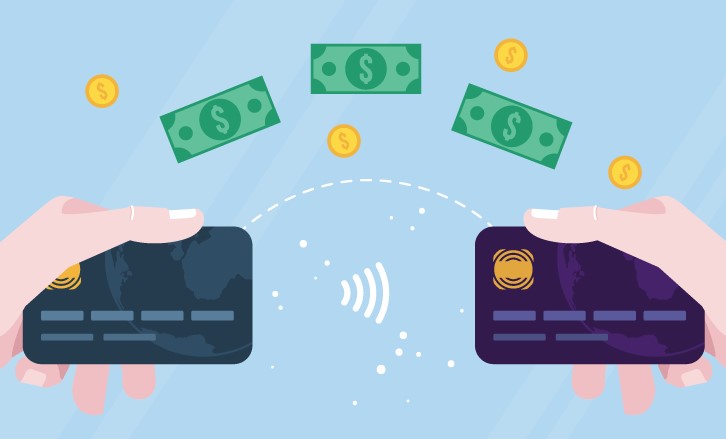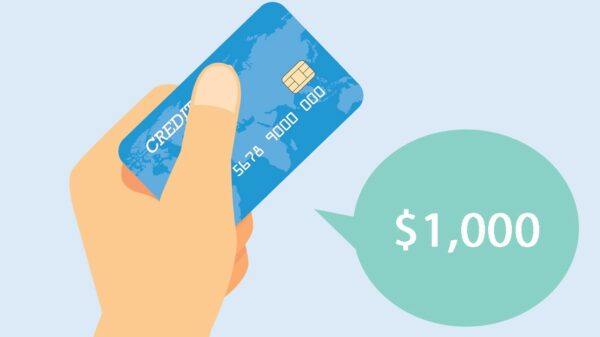With a balance transfer, you can move a debt balance from one credit card to another.
A balance transfer is a credit card transaction that involves the transfer of debt from one account to another. If done strategically, a balance transfer can help you save significant money on interest costs if you are paying down high-interest debt.
If you move it to a credit line with a zero introductory APR on balance transfers, you could use this feature to pay off your debt interest-free.
However, balance transfers can be subject to certain limitations and costs. A balance transfer fee is usually between 3% and 5% of the amount transferred. You might not be allowed to transfer the full amount if your balance transfer limit is too low.
How balance transfers work
Although the process of balance transfers is not the same for every issuer, these are the main steps to follow:
- You can apply for a card that offers an introductory offer at 0% APR on balance transfers, or you can use an offer from a card already in your possession. You must have excellent or good credit to qualify for the best offers. Keep in mind that same-issuer transfers are generally not allowed. Transferring a balance to another Citi card is not possible.
- Start the balance transfer. You can do this online or over the phone. Balance transfers can also sometimes be initiated with convenience checks or the checks issued to you by mail. To determine if the transaction will count as a balance transfer and what the interest rate will be, you should read the terms.
- Wait for the transfer process to complete. The issuer will usually pay your old account directly once the balance transfer approval is granted. This could take up to two weeks. The old balance, plus the balance transfer fee, will be credited to your new account.
- Reduce the balance. You’ll have to make monthly payments when the balance is transferred to the new card. You could save quite a bit if you pay it off during the introductory period of 0% APR.
Transfer cards with good balance
A balance transfer is about saving money. You want to select a card that will help you reduce your expenses. Three big zeroes are the best balance transfer credit cards:
- Balance transfer transactions eligible for a 0% introductory APR
- A $0 annual charge
- An $0 balance transfer charge (or an alternative way to avoid such a fee)
You could pay off your debt with this card without paying any interest or fees. You’re unlikely to find more than two of these cards. A card that has no annual fee and offers a balance transfer at 0% is a great option. Interest charges can quickly add up and are often more expensive than a one-time 3% to 5% fee.
Important note: Not all 0% APR offers are available for purchases. You will need one that offers a 0% APR promo on balance transfers to save money and help you pay off your debt. This should be included on the card you apply for.
Do I need to do a balance transfer?
Paying off debt quickly is the best and most cost-effective way to get rid of your debt. If you are looking for a higher limit, but don’t mind paying interest, a personal mortgage could be the right match.
You can prequalify for one and see what amount you could borrow before you accept an offer.
If you have the funds to pay off your high-interest debt in months and have enough credit to be eligible for a card with an introductory APR of 0% on balance transfers, a balance transfer may be the best option. This card can help you save a lot of interest and give you an advantage when you pay off your balances.





